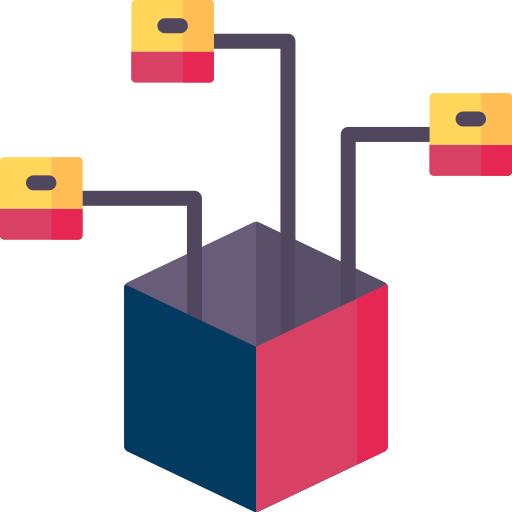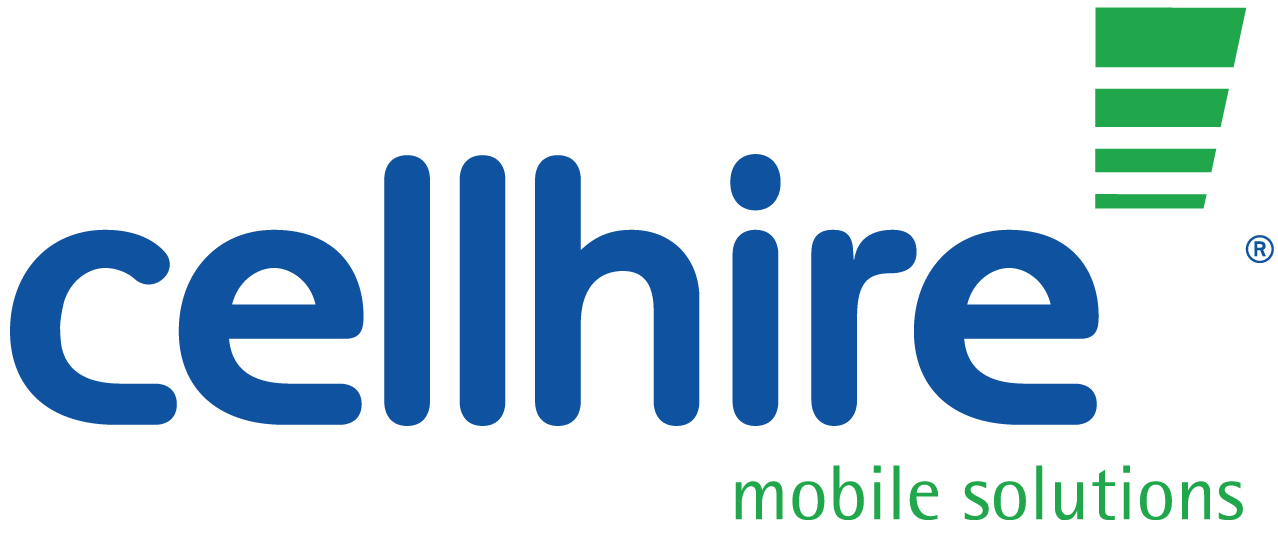eSIM is not a new topic, indeed the requirement for eSIM has been around for some time, however the reality is that there have been very few deployments. Cellhire have recognised the potential benefits for eSIM and our investment in our own MVNO now allows us to meet the requirements of OEMs, device manufacturers and distributors.
An eSIM is embedded in a device and eUICC allows network operators & MVNOs like Cellhire to send SIM profiles over the air (OTA) — without needing physical access to the device.
 What does an enterprise IoT deployment look like with eSIM?
What does an enterprise IoT deployment look like with eSIM?
Remote Provisioning:
Certain use cases might mean you don’t know the end destination of your devices and provisioning them prior to deployment can often prove difficult.
The ability to send devices into the field first and provision them with the needed SIM profile after is one of the biggest advantages of eUICC-enabled eSIMs and allows for a streamlined supply chain, meaning companies can avoid manufacturing bottlenecks and dead on arrival devices.
Improved Scalability:
Companies can scale their IoT projects more easily because they no longer have to plan for SIM card trade-outs, which can be costly. Every device contains the same hardware and software combination while being flexible to different local networks, meaning you can choose the device’s network after it’s deployed.
Improved Flexibility:
Flexibility is crucial for many IoT projects – eSIM devices typically have an extended battery life, especially those that operate on LTE-M or NB-IoT network protocols. They are more compact and better sealed for use cases that will require the device to be deployed outdoors, underground, underwater or in unusual environments.
 eSIM deployment in 3 steps:
eSIM deployment in 3 steps:
Step 1: Refine your eSIM approach
- Will you need to access and remove SIMs, or will they be embedded in the device?
- What is the total expected lifespan of your devices? Will they be deployed outdoors and/or in adverse temperature and weather conditions?
- Will the devices be static (deployed in one place for their entire lifecycle) or mobile (moving from place to place on a connected vehicle, for example)?
Taking the time to answer these questions and build an eSIM strategy that matches your needs will help you future-proof your connected devices against network and location changes and ensure that the technology you choose will last throughout the devices’ lifecycle.
Step 2: Consider eSIM variables
Once you’ve defined the needs of your use case, you can look more closely at your options and determine which approach and provider work best for you. No matter what, you’ll want to choose an eSIM that’s designed for IoT applications and includes OTA programming capabilities up to date with GSMA standards. Beyond those basics, here are some options to consider:
- Ruggedized eSIMs (if your devices will be deployed outdoors or in adverse conditions)
- Long-lasting eSIMs (if your devices will be deployed for a decade or more, make sure the hardware is designed to stand the test of time)
- A carrier-agnostic provider (Cellhire offers the flexibility to switch between networks around the globe without the need for time-consuming negotiations with our own core MVNO and 41 global network agreements)
- Access to several cellular technologies and networks (2G, 3G, 4G LTE, and LPWAN options such as Cat-M1, Cat,1, and NB-IoT)
Step 3: Deploy and manage your devices with eSIM
With a carrier-agnostic provider like Cellhire, you’ll retain the ability to manage devices in the field and receive instant alerts when a problem is detected — for example, if a device loses connectivity, appears outside its expected geographical boundaries, or experiences hardware or software glitches. When you use Cellhire IoT SIM Management Portal, you can easily download new carriers and SIM profiles to your devices, optimizing coverage and even costs.
If you want to find out more about how IoT could support your customers projects or if you’re interested in partnering with Cellhire, don’t hesitate to get in touch:
Email: iot@cellhire.com
Phone: +44 (0)1904 610610
Visit: http://www.cellhire.co.uk/partners/iot

